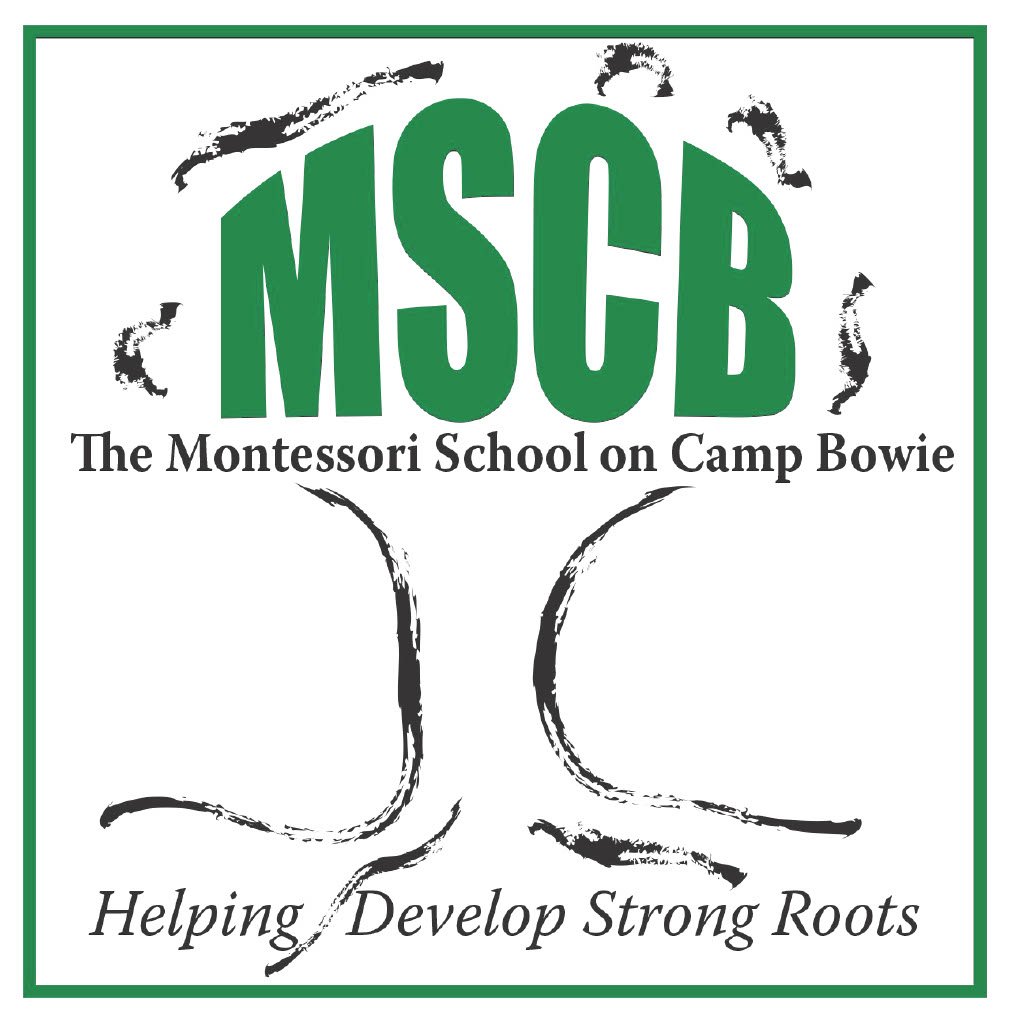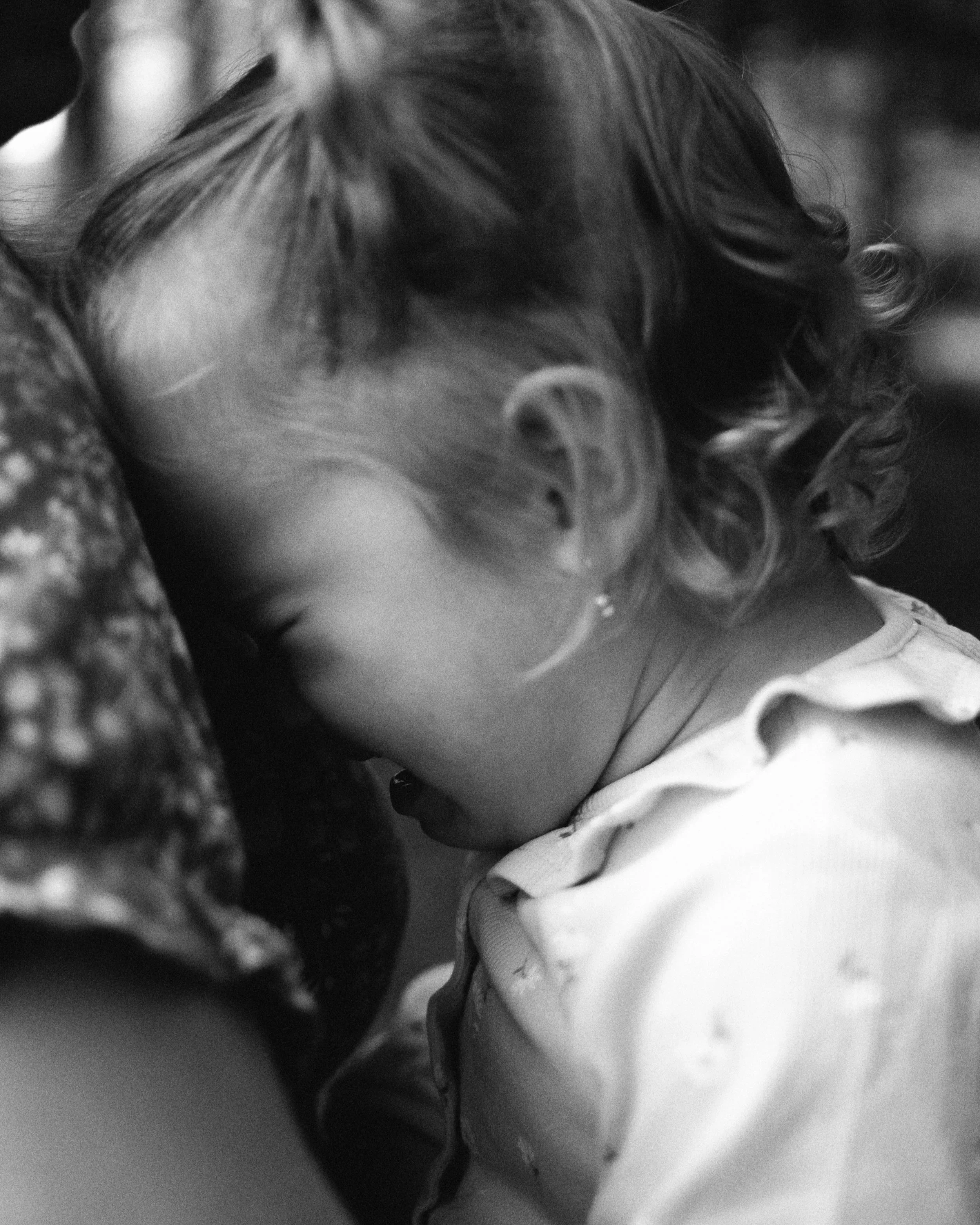Understanding Toddlers’ Big Feelings: A Montessori Perspective
Toddlers experience the world with wonder and intensity. Between ages one and three, they begin to move from dependence toward independence, learning to do more for themselves and to influence their environment. This stage is full of discovery and often, big emotions. Tantrums, tears, and sudden shifts in mood are normal parts of early development. From a Montessori perspective, they are signs of growth, not misbehavior.
Why Big Feelings Are Normal
A toddler’s strong emotions are not something to fix but to understand. During these years, children are developing their will, that is, the ability to make choices and act with purpose. They are also learning how to communicate needs and manage frustration. When routines change, or when they cannot yet express what they want, their feelings overflow.
A tantrum is not defiance; it is communication. The child is saying, “I’m overwhelmed” or “I need help making sense of this.” Recognizing this helps adults respond with empathy instead of frustration.
The Montessori View: Independence and Order
Dr. Montessori observed that children thrive when they can practice independence in an environment that feels calm, predictable, and ordered. This balance between freedom and structure gives toddlers a deep sense of security.
When a child can pour their own water, help clean up, or choose between two shirts, they experience both freedom and responsibility. These small acts help them feel capable, respected, and confident. Over time, that sense of competence supports emotional stability and self-regulation.
Order also matters deeply to the young child. Predictable routines and consistent expectations help toddlers make sense of their world. When things feel reliable, they can focus on learning and exploration rather than managing uncertainty.
How Adults Can Help
In moments of strong emotion, a child looks to the adult for steadiness. Our calm presence helps them find theirs. Instead of reacting to the intensity of the moment, we can model peace and patience.
Here are a few ways to help your toddler navigate big feelings:
Name the feeling. “You’re sad because playtime ended.” Naming emotions helps your child understand what they’re feeling.
Keep routines steady. Familiar rhythms provide comfort and predictability.
Offer choices within limits. “Would you like to put on your shoes or carry them to the car?” Choices reduce power struggles.
Slow the pace. Allow extra time for dressing, transitions, and new experiences.
These simple practices show respect for your child’s need for independence while offering the consistency they crave.
Rest assured
It’s normal to feel unsure when your toddler’s emotions seem too big to contain. Emotional growth, like physical growth, happens in stages. Tantrums and tears are how children practice managing strong feelings. They are not signs of a “difficult” child or a “failing” parent. They are signs of healthy development.
When we respond with patience and empathy, toddlers gradually learn to self-soothe and express emotions with words. They borrow our calm until they can find their own.
A Peaceful Foundation
Supporting toddlers through big feelings is one of the most important parts of early parenting. It takes patience, but it also builds trust. Growth often looks messy and loud before it becomes calm and confident.
By offering respect, order, and opportunities for independence, we help children develop both self-control and self-understanding. Through our steady presence, they learn that feelings are safe and that they can be understood.

